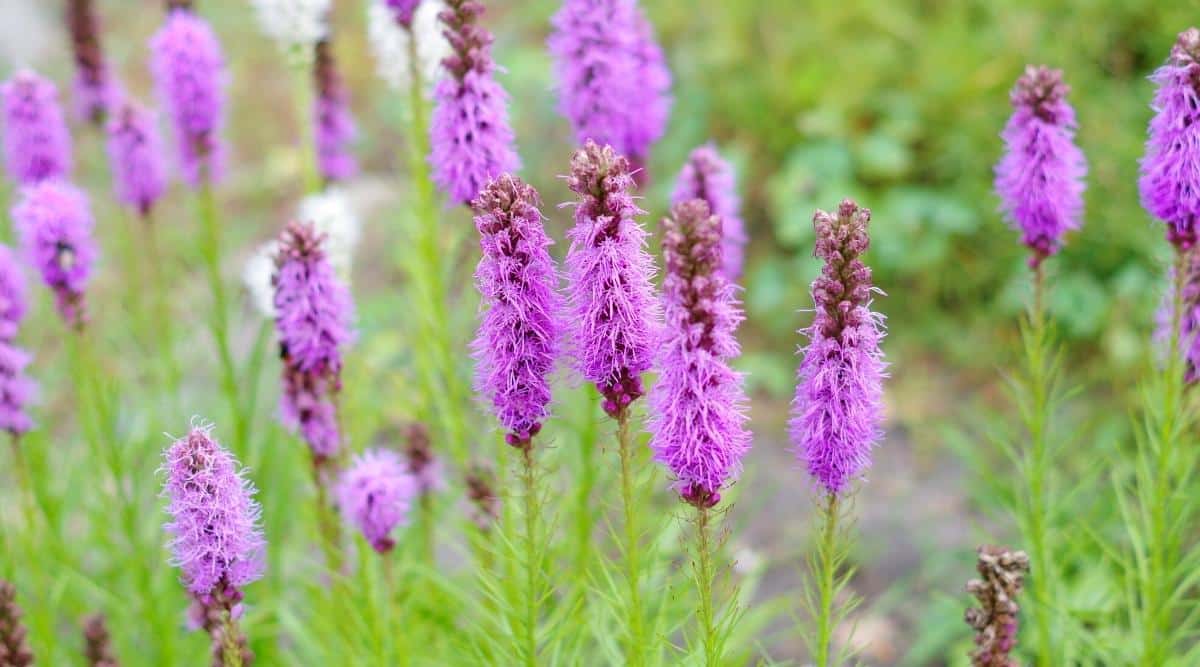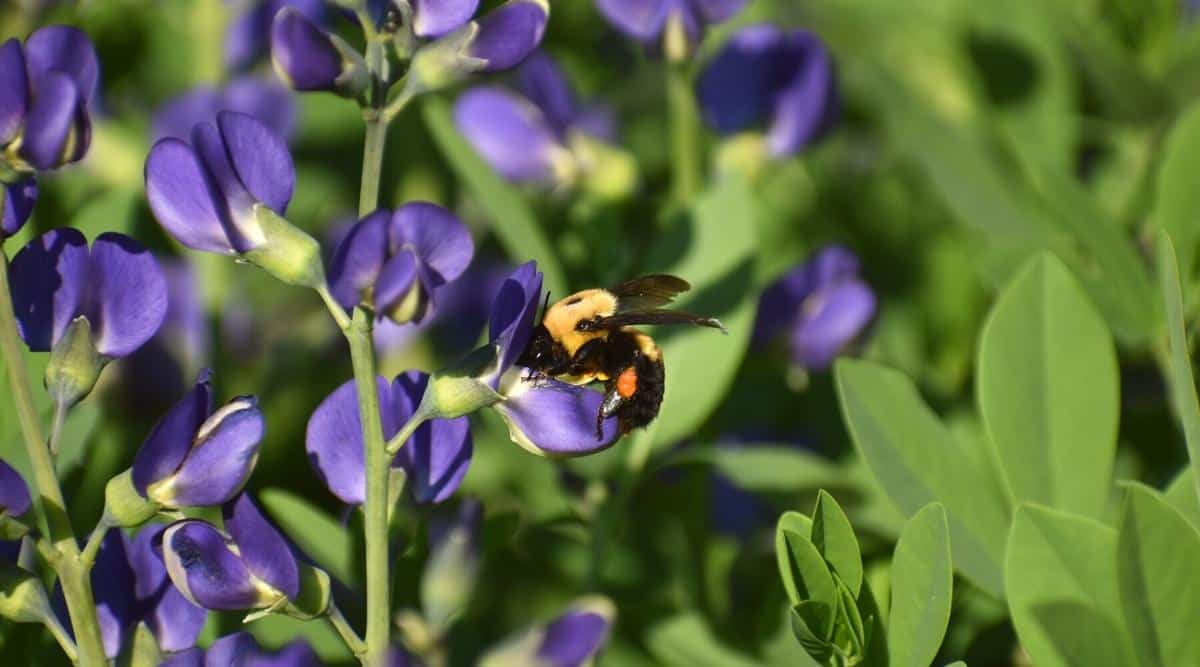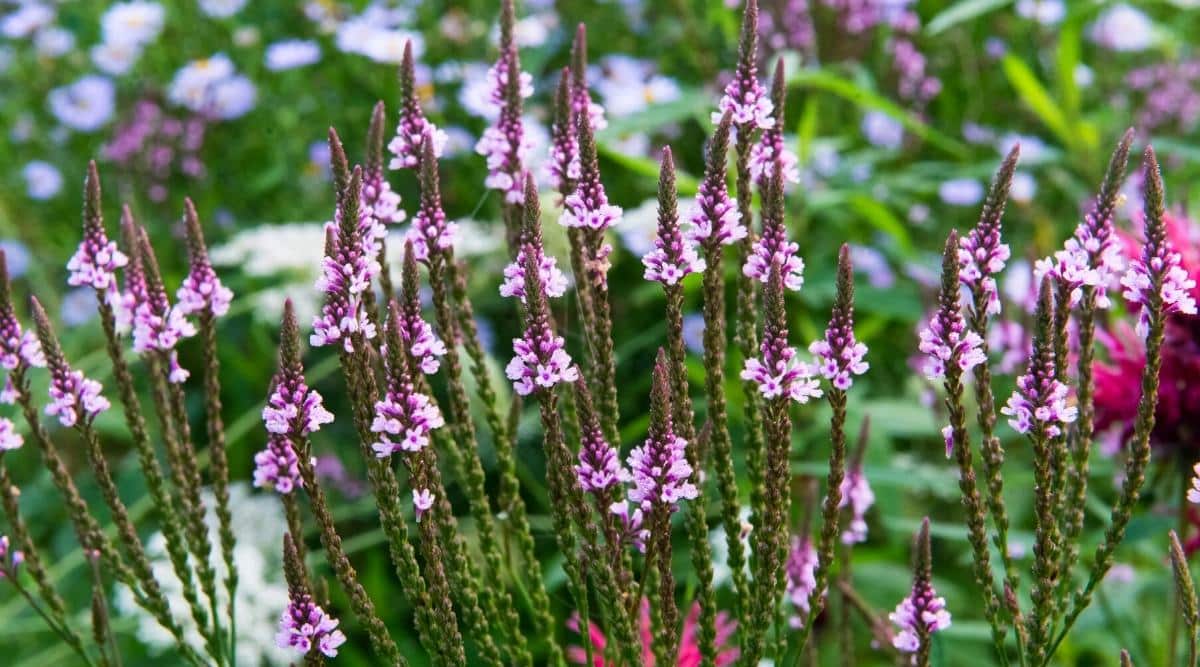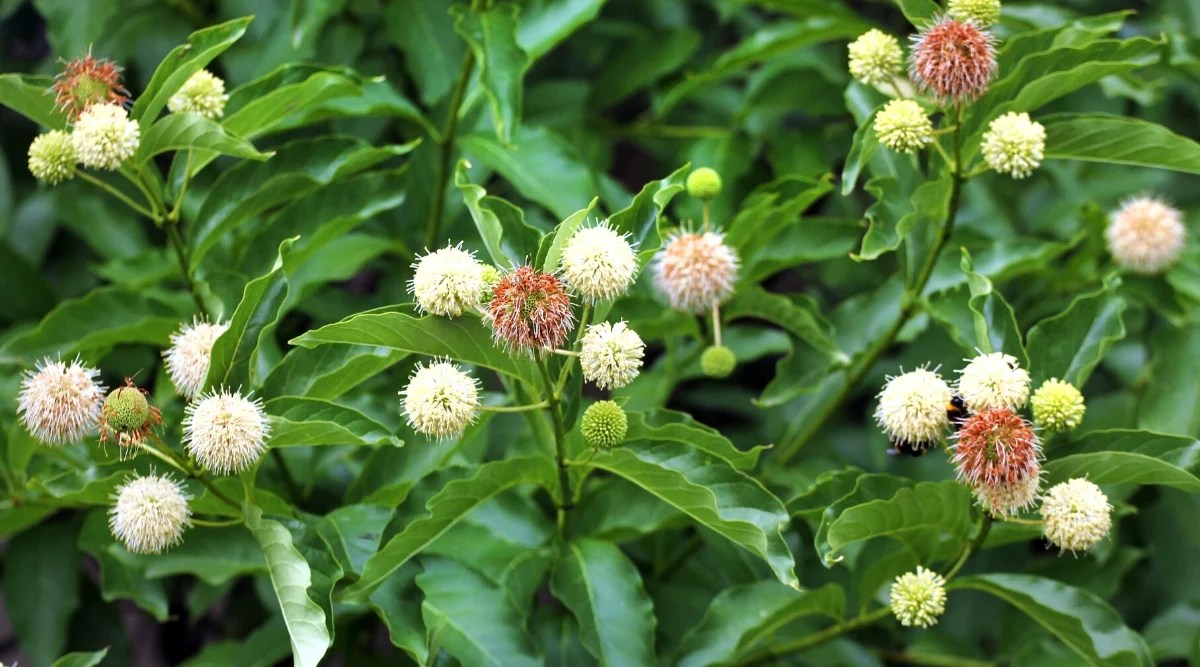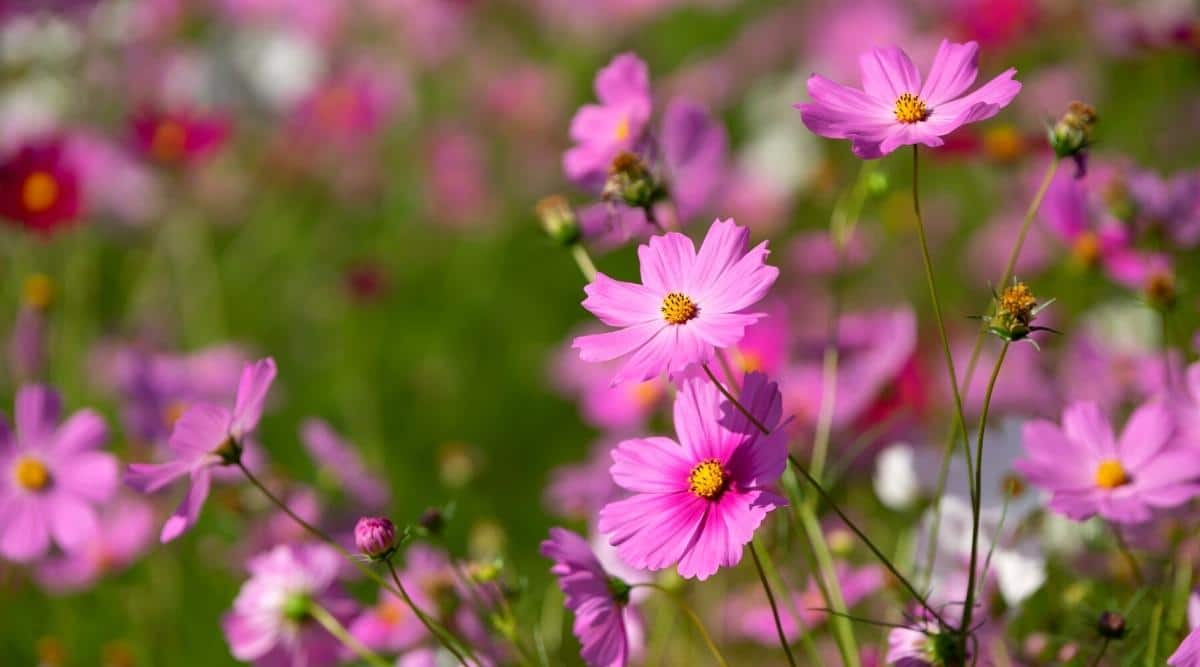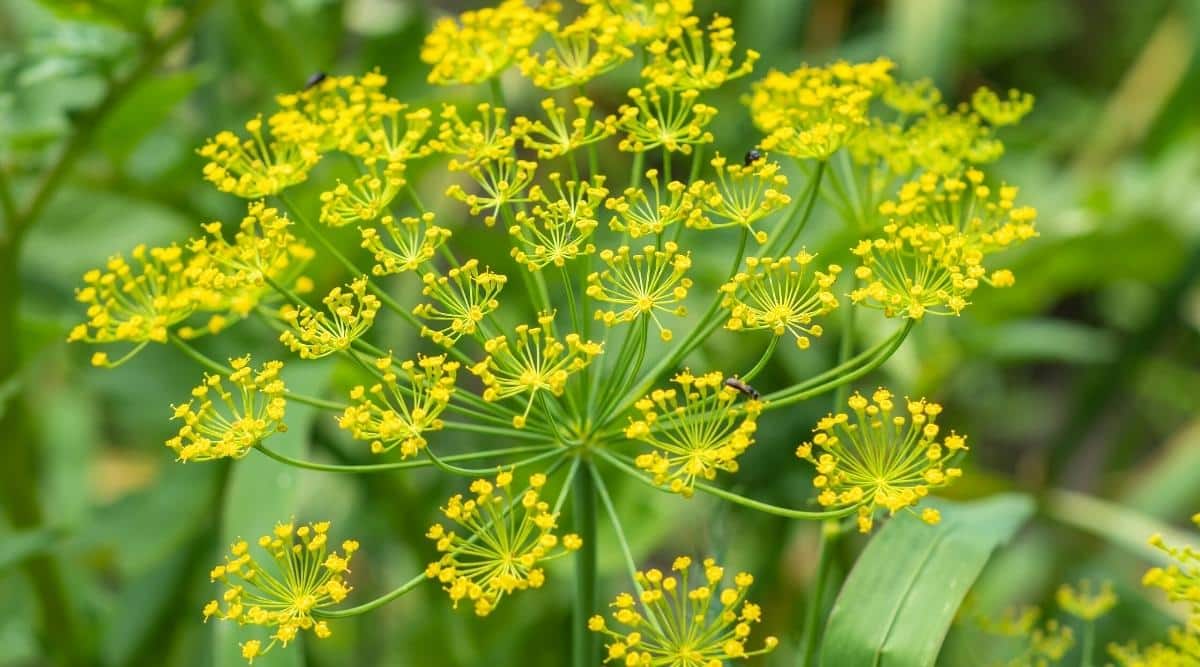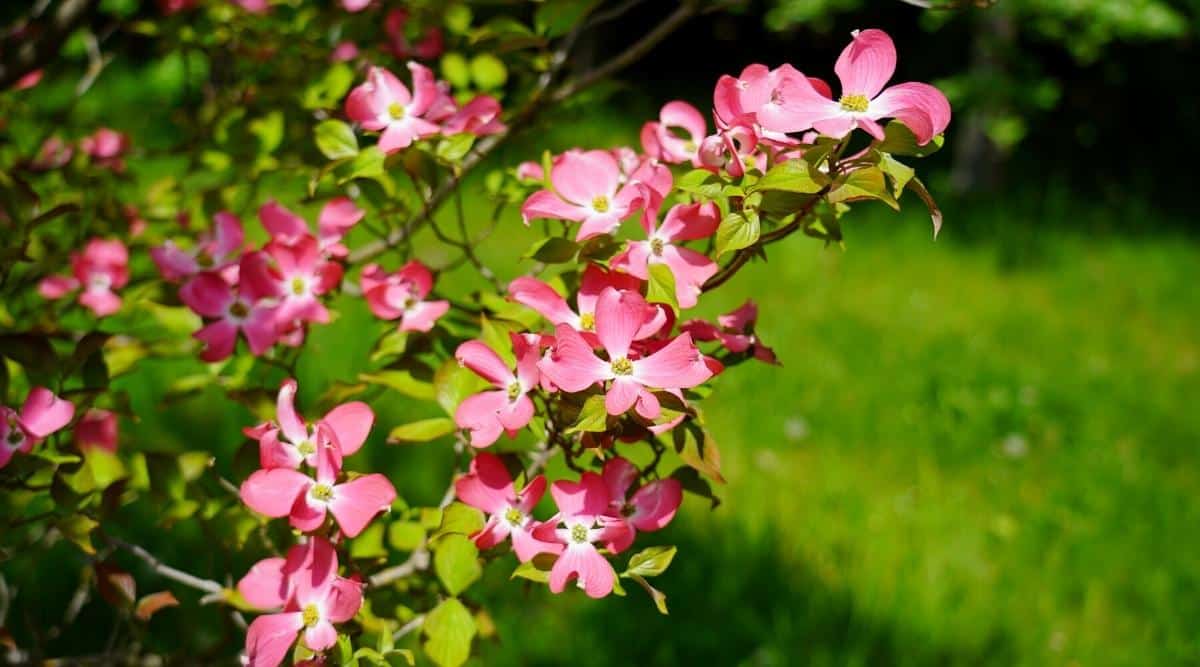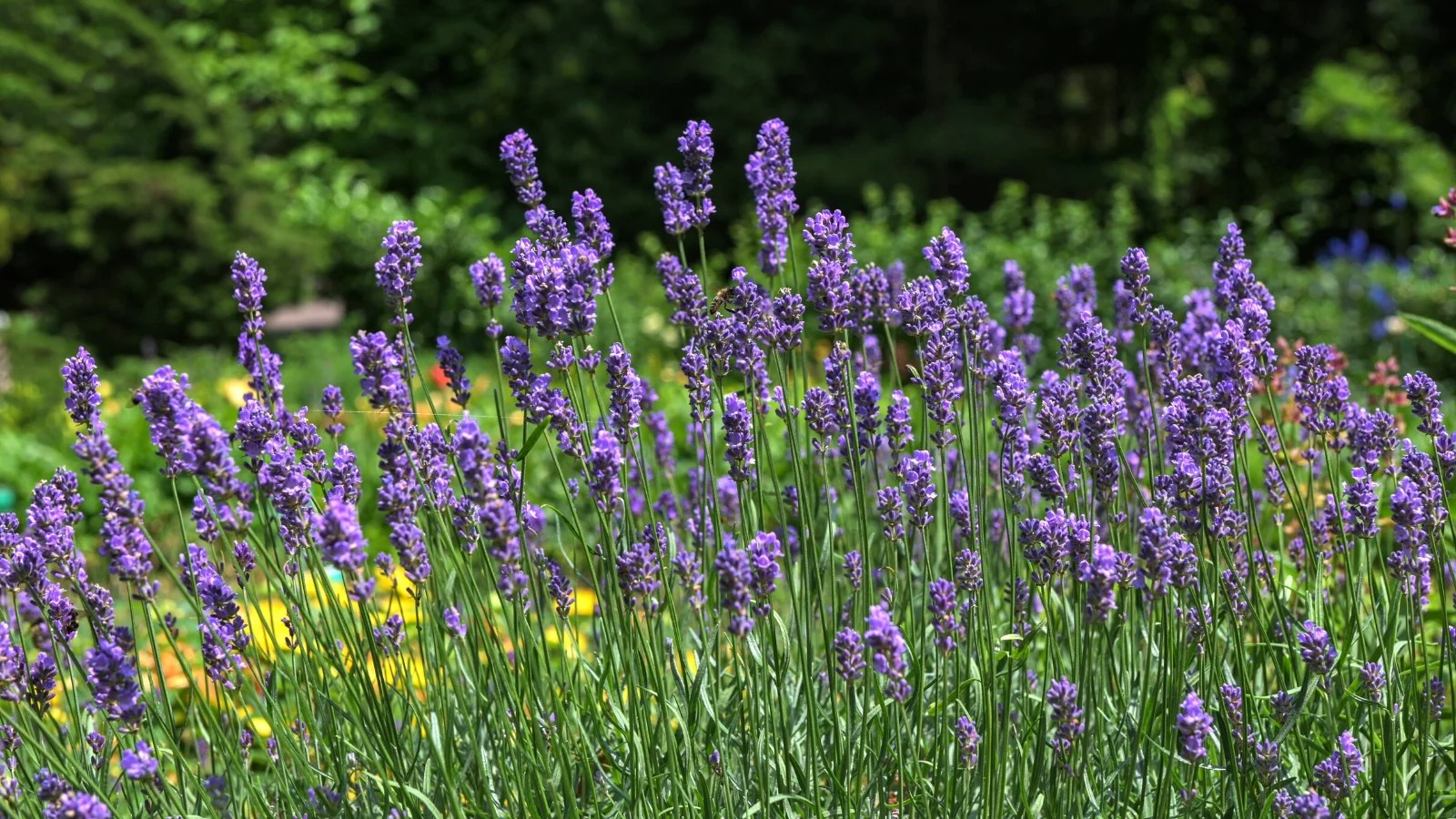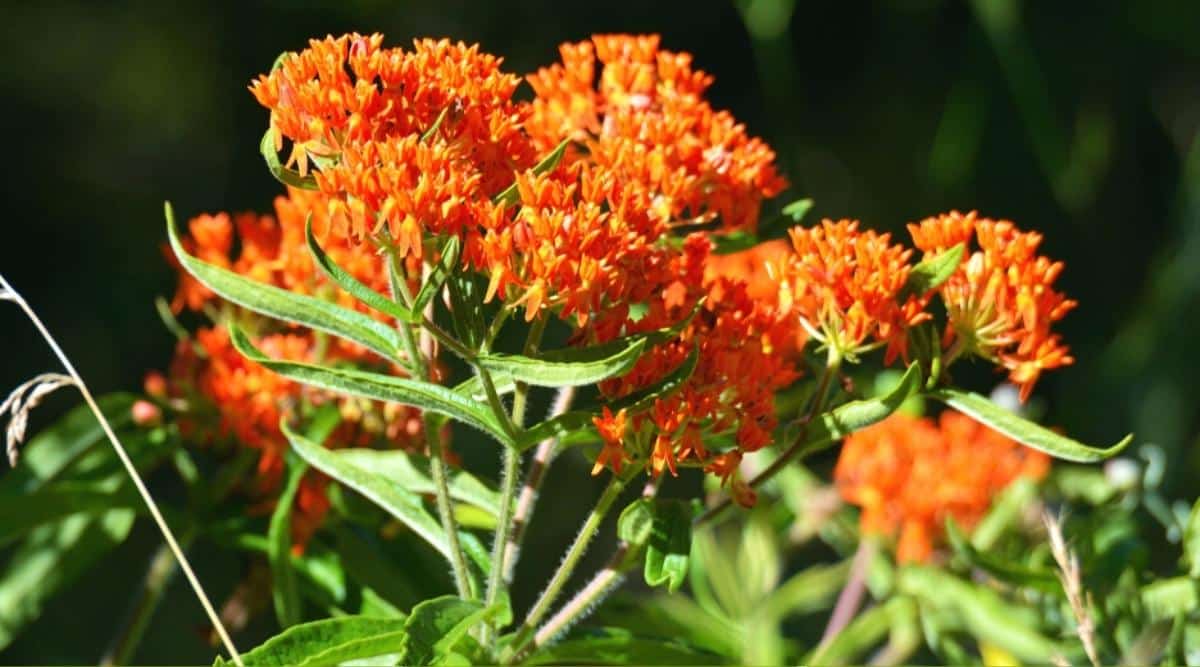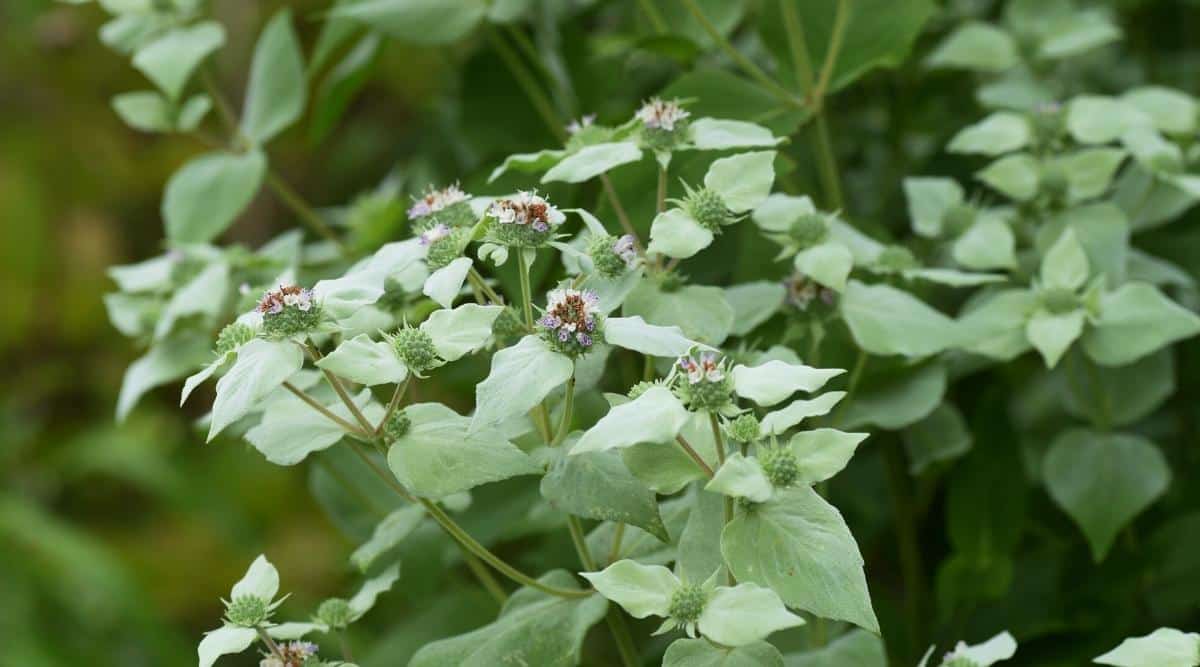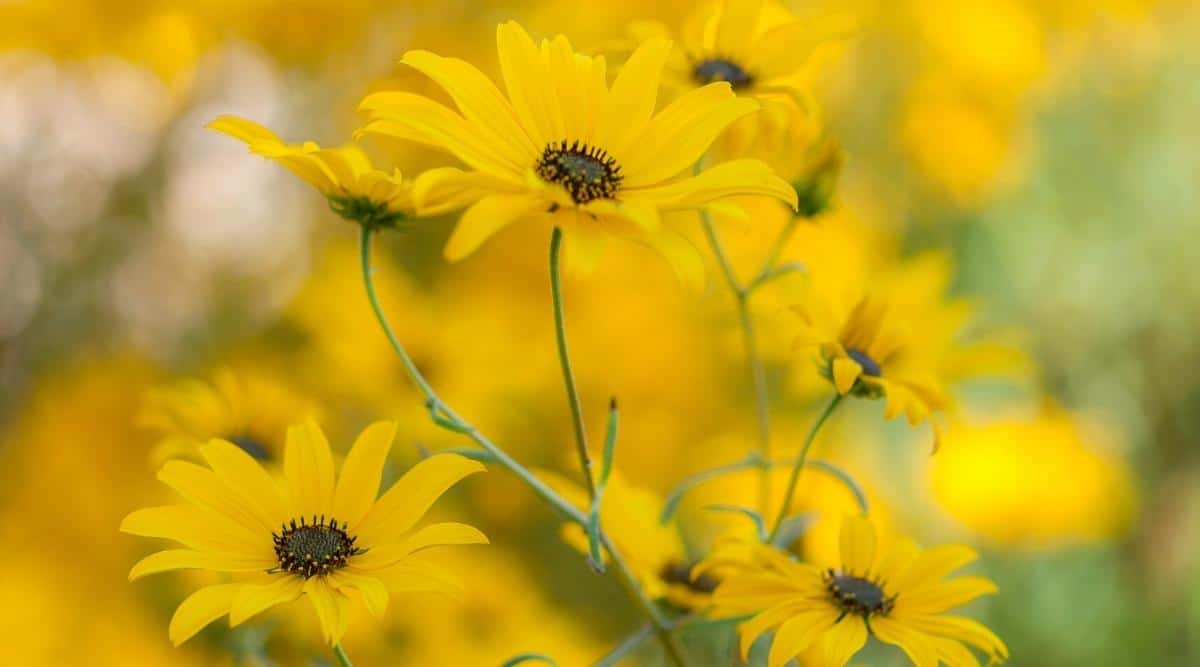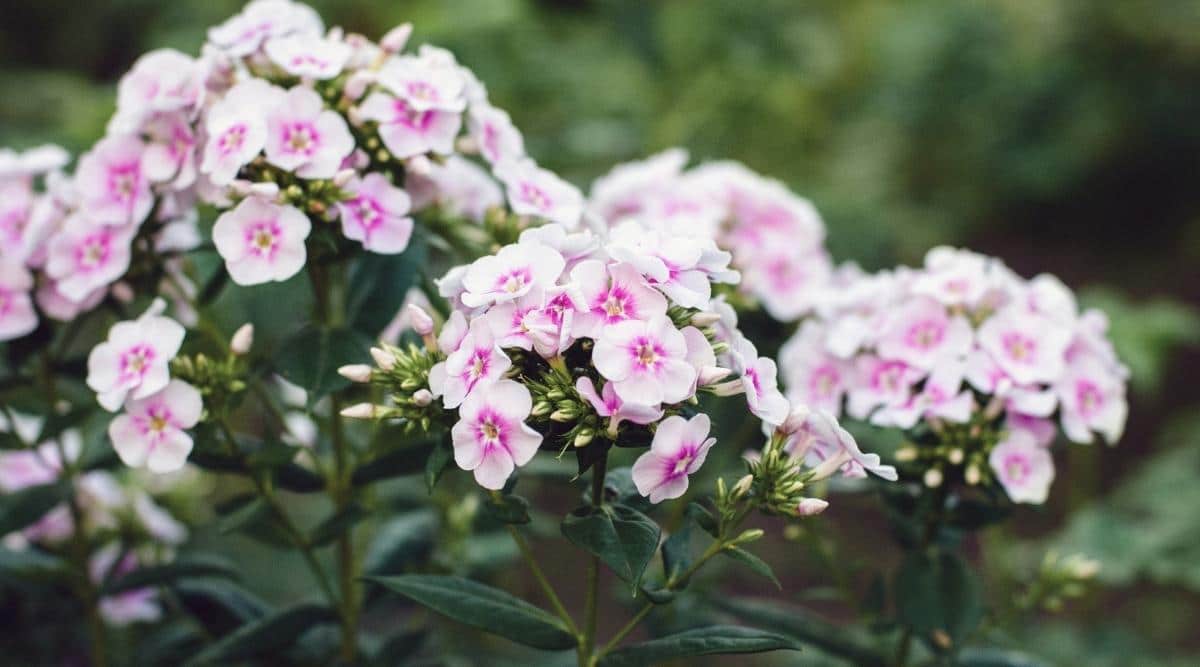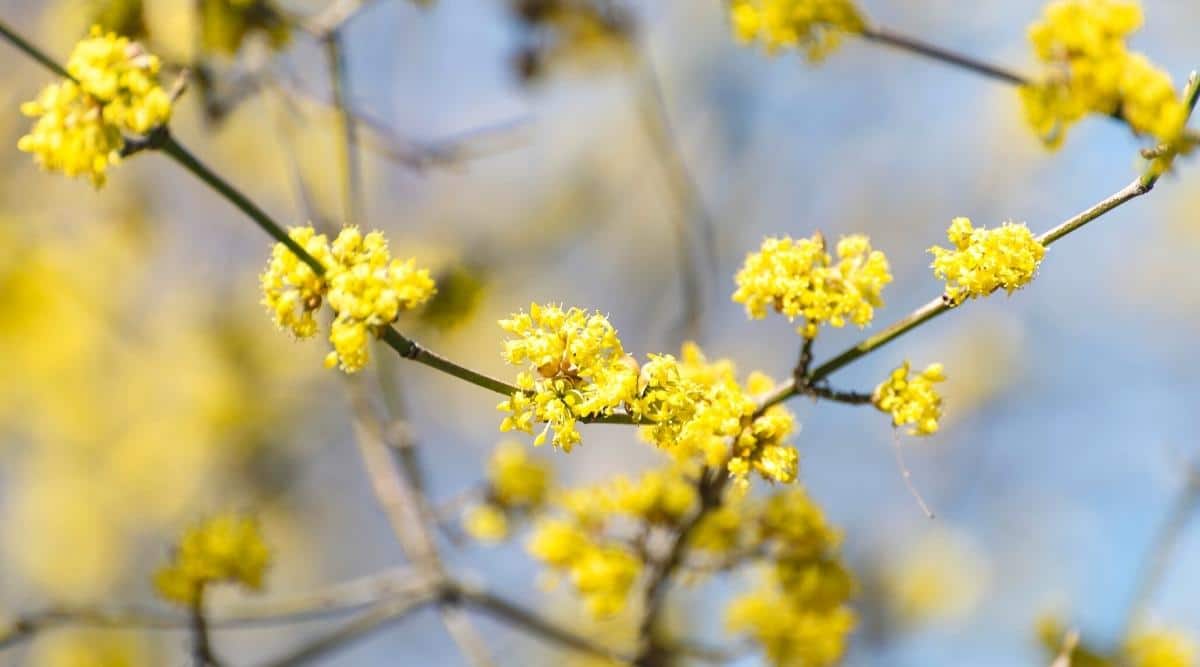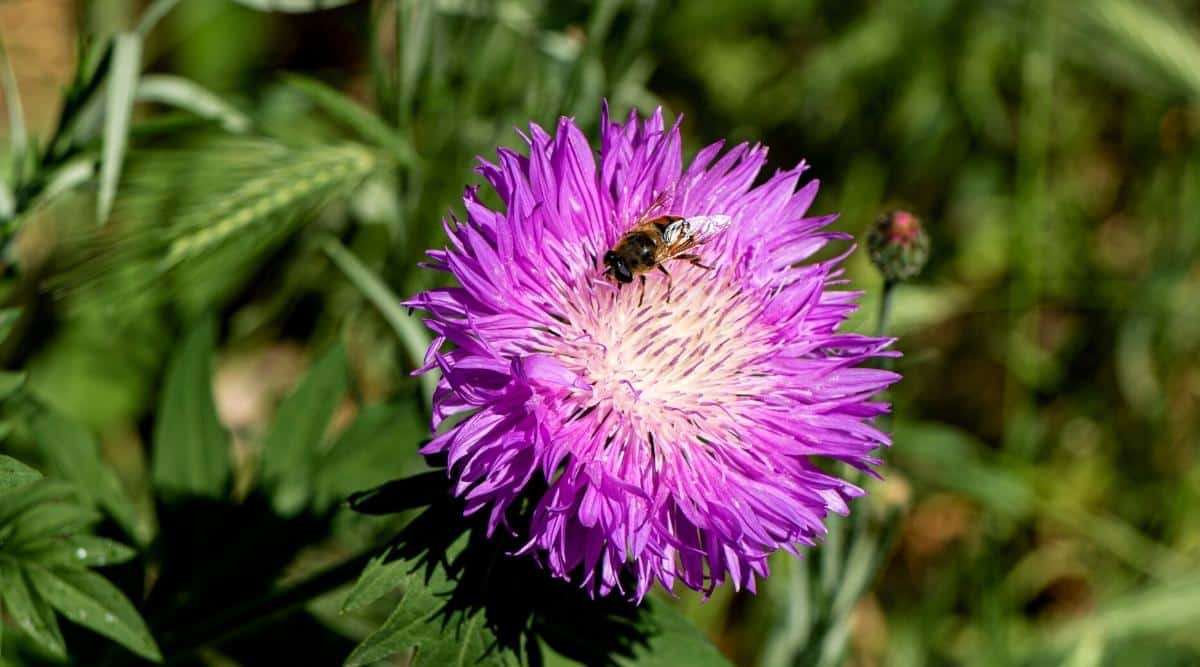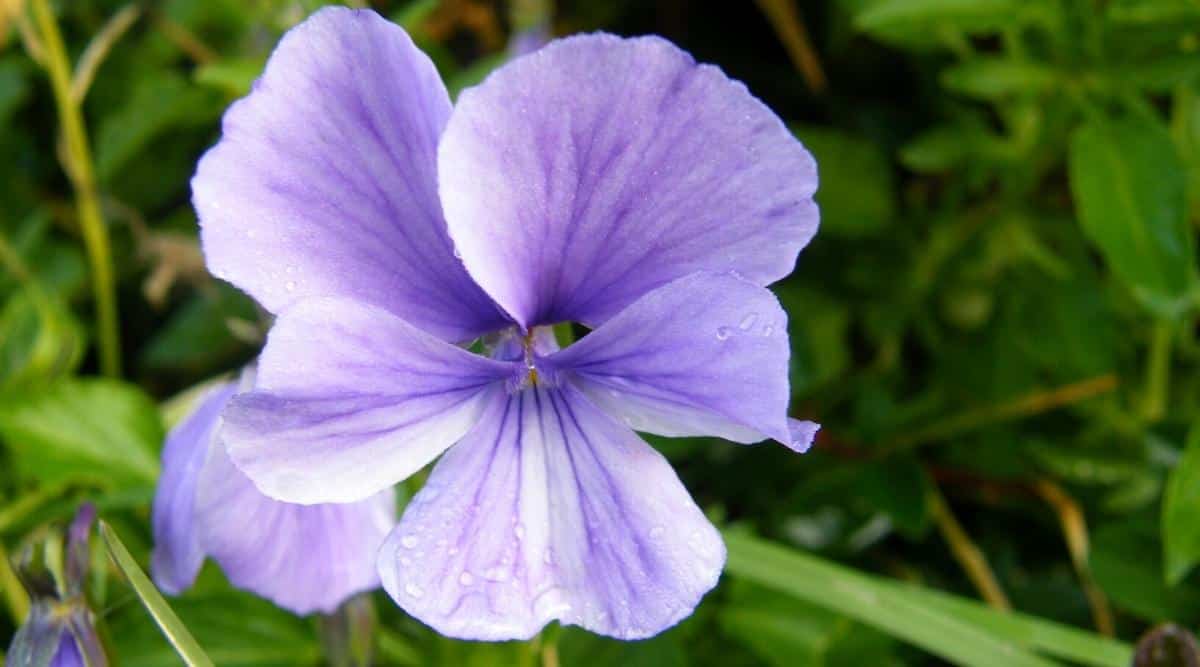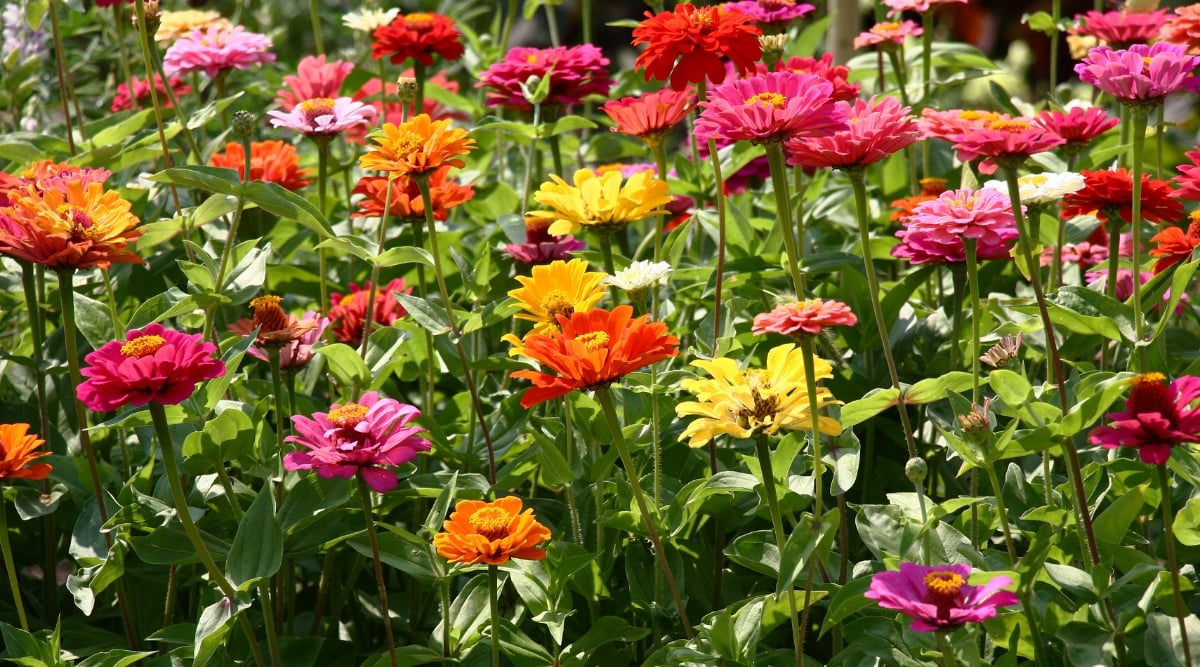Ornamental Gardens
Thinking of planting a pollinator garden but not certain where to start ? There are quite a few pollinator - friendly plants that you’re able to grow in just about every hardiness zone . In this article , gardening expert Liessa Bowen looks at her favorite plants you could utilize to make a beautiful pollinator - friendly garden !
Contents

Planting a pollinator garden may conjure up images of a cluster of multicolored blooms fence in by fine fluttering butterflies . This may be a here and now in the life of a pollinator garden , but there ’s a lot more than that .
pollinator are most obvious when they are flittering , buzzing , and drifting from efflorescence to flower on a ardent gay Clarence Shepard Day Jr. . you may provide flowers to draw pollinators throughout the growing season , and you may bring home the bacon much - needed habitat for the entire year .
In this article , we will reckon at what it occupy to create asustainable year - troll pollinator garden . This include learning a little about the pollinators that will fare to natter , and what they call for for their total spirit cycle . We will also advocate specific pollinator - friendly plants that will really help make your pollinator garden come to life .

What Are Pollinators?
fundamentally , a pollinator is anything that helps ravish pollen from one blossom to another . This can include many types of dirt ball : butterflies , moth , bees , beetle , flies , and wasps . pollinator can also be other small animals , such as bird , bat , or rodents .
Pollinators areimportant in our ecosystem . plant life biotic community depend on pollinators to maintain inherited diversity for healthy plant population . We all look on plant life for clean air , clean urine , and the oxygen we breathe . Many plants rely on pollinators to make seeds and fruit , which are then eaten by animals . Much of the intellectual nourishment we feed reckon on pollinators . Providing a temporary hookup of home ground that helps pollinators benefits everyone !
Pollinator Gardening Basics
Bycreating a pollinator garden , you arecreating wildlife habitat . Your pollinator garden can put up valuable sources of solid food , ambrosia , H2O , protection , and larval host plant . Many plants can provide for multiple pollinator needs , such as being a food author for both adult and larval insects , or allow both ambrosia for insect and seeded player or fruit for birds .
A well - planned pollinator garden admit the followers :
Flowering plants leave ambrosia sources throughout the growing time of year . Host industrial plant render food root for larval stages of butterflies and moth . Do n’t always deadhead your flowers . Many flower seed drumhead will carry on to pull in seed and fruit - eating fowl
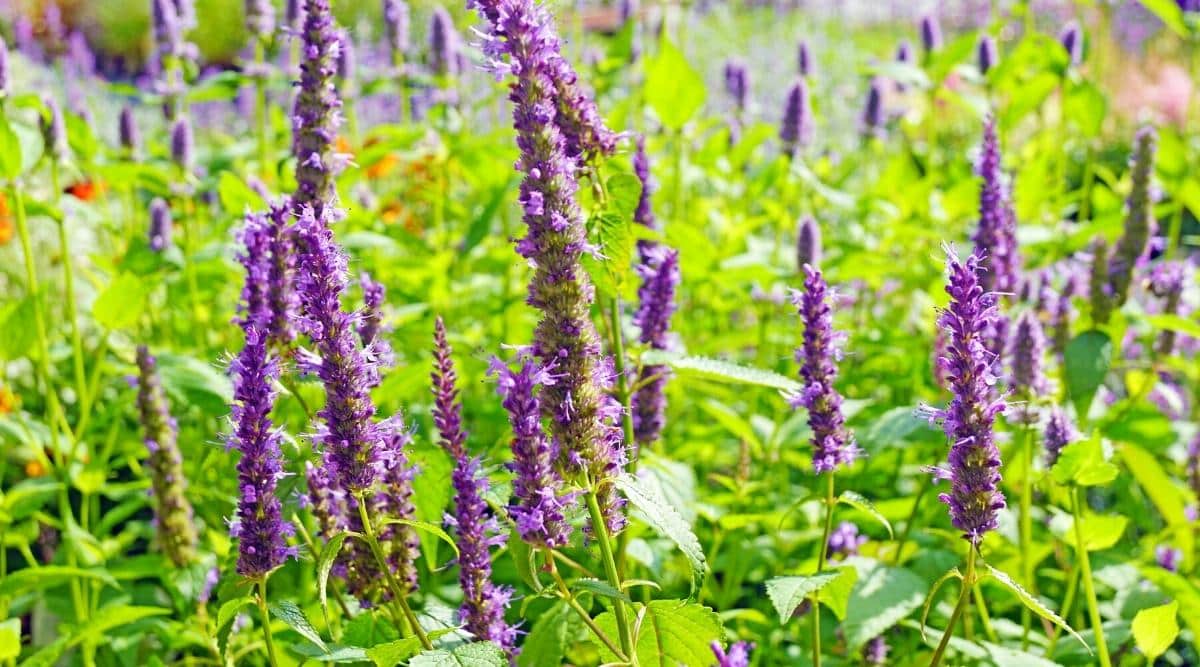
Fountains , bird baths , and puddles all provide water seed for insects , birds , and other small wildlife .
you could furnish nesting sites for some species of bee that utilise hollow plant stems ( for bodily cavity nesting bees ) and bare earth ( for ground - nuzzle bees ) . you may leave bush for birds to use for nesting sites and as protected spot to rest .
Many hoi polloi are peculiarly interested in butterfly stroke because the winged grownup are such a beautiful heap in the garden . A compete butterfly habitat should furnish for all stages of the butterfly stroke life cps : nectar plants for adult , larval intellectual nourishment plant life for caterpillars , and good places for the changing pupae . In the chrysalis stages between caterpillar and adult , they need undisturbed area , often resting in stand drained vegetation .

Many butterfly stroke caterpillars feed solely on one or two species of flora . These plants are commonly referred to as larval server plant . There are several larval emcee plant in this list that put up both nutrient for caterpillars as well as flower that are attractive to multiple other pollinators .
It ’s crucial to remember that many pollinators are insects , and other pollinator eat dirt ball . Do n’t use pesticides in your pollinator garden as this will pour down your pollinators and potentially harm the wildlife that course on insects . If you have an infestation of undesirable insects , use a very targeted approach to murder them either by hand or using the secure products you may chance .
Pollinators do n’t magically appear only when your pet flowers bloom . you’re able to draw in pollinators to your garden throughout the year by providing a all-inclusive change of flora . Choose plant that flower at unlike times to supply nectar source from spring through twilight .
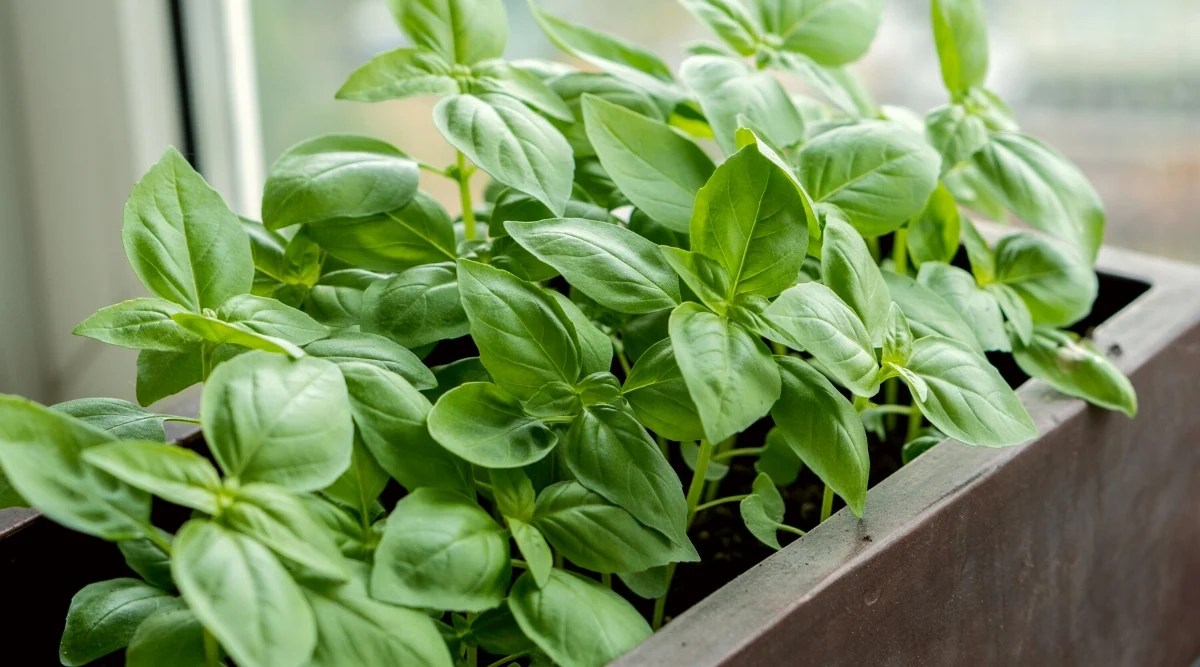
To create a flourishing pollinator garden that provide reliable blooms year after year , pick out perennial that grow well in your climate zone . Consider also what your thousand can render in terms of moisture , sunshine , and soil type . opt plants that will grow well in the conditions you have .
If you want to garden with native works species , you are supporting ecosystem restoration and provide aboriginal habitat . aboriginal plants are more potential to be a solid food source for multiple species because these are the plants that are adapted to grow in your area and with your local naitive wildlife . Native plants also run to be well-situated to command and less likely to have invasive growth habit .
Pollinators are n’t the only ones to gain from a pollinator garden . Many other animals may take advantage of this suitable habitat . mass also benefit by enjoy the colorful garden bodily function and the simple pleasure of gardening to do good our local wildlife .

Plants for Pollinators
Now that you understand the indigence for pollinators in your garden , let ’s probe some of the good plant you may tot up to your garden to attract them . There are tidy sum of unlike choice to choose from , no matter what hardiness zone you domicile in . Let ’s dig in and take a deeper looking !
Anise Hyssop
This is a good low - maintenance plant for average soils . Anise Hyssop is a member of the mint sept and has fragrant foliation . It will grow into clumps , with spikes of small purple flush that are very attractive to a number of different pollinators . It can distribute rapidly by self - seeding to be sure to keep an heart on it and take away special plant life that you wo n’t want .
Astilbe
Astilbebursts into bloom ahead of time in the growing season with beautiful , feathery pinkish flowerheads . It prefers fat , moist soil , and does well with partial shade . It tend to stay fair low and thick , but the leaf may give way back by late summer if it develop too dry . This is a great perennial for a lucullan moist shade garden .
Basil
Basil is a familiar culinary herbaceous plant . It is equally at home when grow in a container , as a comrade plant in the veggie garden , or plant with a pollinator garden . It is easily grown from seed sown in the outflow . Basilproduces small white bloom throughout the summer which pull birds , bees , and butterfly .
Bee Balm
There are many cultivars ofMonarda . Bee Balm , alsoknown as Wild Bergamot , being native to North America . Scarlet Bee Balm ( Monarda didyma ) is another commonly grown species , with similar characteristics , but vivid Marxist in color . Bee Balm efflorescence are very attractive to hummingbird .
Blazing Star
The Blazing Star is an excellent peak for a pollinator garden . Tall spindle of bushy purple flowers are hard to miss and appeal a wide variety of insects and razz .
This striking perennial prefers full Dominicus and moist grime but will tolerate occasional drought . Blazing Star is also afrost - hardy perennial , and can tolerate colder temperature in winter .
Blue Wild Indigo
The Blue Wild Indigo ( also calledBlue False Indigo ) is a enceinte bushy flora that is the larval host plant for several species of butterfly stroke . In tardy fountain , it produces a cluster of showy purple pea plant - like flower that draw a variety of pollinators .
Once demonstrate , this hardy legume can look like a small shrub . It is tolerant to cervid , rabbits , drouth , and pitiful grime atmospheric condition .
Blue Vervain
Blue Vervain is aboriginal to the eastern United States and is an excellent wildflower for a pollinator garden . belittled spike of purple bloom come out in summer and appeal a variety of pollinator . After flowering , seed eating songbirds will travel to to eat the semen .
This works can disseminate by underground rhizomes and by come , so be sure to give it plenty of space . It can be controlled by regular pruning and thinning .
Borage
Borage is an attractive one-year herbaceous plant that grows readily from seminal fluid . It will ego - seed freely if allowed . Borage has attractive empurpled flower and very foggy folio and stems . It is quick and easy to farm and take an appealing garden improver that draw a variety of pollinator .
Buttonbush
Buttonbush is a large bushy bush . It loves moist soils and does well in both full Dominicus and partial tone . In mid - summer , a concourse of fluffy - looking , orotund , sweet - perfumed blooms appear . The blossom are very attractive to a variety of pollinator .
In the fall , this shrub ends its uprise time of year encompass with beautiful cherry foliage . If you have a large moist area that need vegetation , consider planting a Buttonbush .
Coral Honeysuckle
Also called Trumpet Honeysuckle , this attractivenative vine sports a mass of slender red trumpet - like flowers . Hummingbirds lie with them .
Because it is a smartly growing vine that stick rather long , it is an fantabulous flora to spring up on a large treillage or along a fence . It is resistant of a variety of soils , but prefers a rich moist grease .
Cosmos
If you need a quick , easy - to - spring up , space - filler yearbook for your butterfly garden , Cosmos flowersare a great choice . They can blossom from bound through fall , and in idealistic conditions , will reseed themselves . Their bright , colourful flowers draw many bees and butterflies .
Dill
dill weed is a familiar and very aromatic herbaceous plant . It can begrown in an herb garden , vegetable garden , flower garden , pollinator garden , or in a container . Broad umbels of tiny blossom mingle with delicate frilly foliage , impart their alone grain to any gardening arranging . It is a larval horde industrial plant for the Black Swallowtail Butterfly and many pollinator visit the flush for nectar .
Dogwood
There are a few small Tree that add to a pollinator - favorable landscapebutterfly horde plants . The Flowering Dogwood is one of these . It is a familiarspring - blooming flowering treewhose flowers appeal springtime pollinators . In the fall , yield - eating birds eat the little red fruit .
Other well - know small trees that are caterpillar host plants include the Pawpaw , Redbud , and Wax Myrtle . If you have space for a minor tree diagram in your landscape painting , conceive summate one of these beautiful trees with wildlife appeal .
Fennel
Fennel is an aromatic herb at abode in both a traditional garden setting and as part of a pollinator garden . It has ok feathery foliage and clusters of tiny yellow efflorescence that attract large numbers of pollinators . Fennel is a low-pitched maintenance flora that will freely reseed itself .
Foxglove
There are many varieties of foxglove , blooming in subtlety of pinkish , purple , and white , but all have prospicient tube-shaped prime that attract hummingbirds and bees .
Foxglove is a biennial , or shortly - lived perennial , but will reseed itself and fare back year after yr . These plants prefer moist stain and a act of afternoon refinement . The Foxglove Beardtongue ( Penstemon digitalis ) is aboriginal to the United States and has white flower .
Hibiscus, Rose Mallow
There are manydifferent types of hibiscus , and most are quite attractive to pollinator . The Rose Mallow ( H. grandiflorus ) is native to the southeastern United States and thrives in moist soil .
Flowers are big and quite showy and appeal many pollinator . This is a rather large plant that would do well near the edge of a pool or watercourse , or as a big industrial plant for a edge or landscape gardening bound .
Joe Pye Weed
Joe Pye Weed is a flowering giant . By mid to late summer , the marvellous leafy stalks produce big clusters of purple flowers that are a attraction for a variety of pollinator . Joe Pye Weed prefer full sunlight and moist soil . If you need a tall accent plant , Joe Pye Weedwould make a with child option .
Lavender
Lavenderis a very aromatic perennial herb that attracts many pollinator . It can be grow in a container or incorporated into an herbaceous plant garden , flower garden , or pollinator garden . Spikes of small purple flowers salad days during summertime months , and in warmer climates , the foliage may stay green throughout the year .
Lobelia “Great Blue”
The Great Blue Lobelia is anative wildflowerthat occurs course in area with rich , moist soil . It does not like wry dirt . This would be a great scurvy - criminal maintenance plant life for a damp part - shaded wooded bound .
spike of showy blue flower flower during the summer . A related works , Cardinal Flower ( Lobelia cardinalis ) , has similar qualities and habitat essential . Cardinal Flower also blooms in midsummer with marvellous spikes of magnificent red flowers .
Lupine
Lupinescome in a variety of brilliant , showy flower colors and can be grown easily from source as annuals or short - live perennials . Once established , these plants can get vigorously for a few years , but often die back .
They will , however , reseed themselves if allowed . They prefer cooler climate with well - drained , rich , damp soil with full sun , but also do well with fond shade .
Milkweed
If there ’s one plant that every pollinator garden should have , it ’s Milkweed . There are several mintage of native Milkweeds available , all are attractive to pollinator , and they all rise pronto from semen .
The unlike milkweed kind may have different leaf shapes and different blossom colors , but they are all savor as a larval host plant by the Monarch Butterfly cat .
Mountain Mint
The Mountain Mints are a group of plants with very minty - scented leave of absence and clusters of small invisible flowers that attract a multitude of pollinators . Mountain Mint tends to form a clump and , like many other varieties of good deal , may open quickly .
emergence and spread can be controlled by regular pruning or by growing in containers . They grow best in moist to dry , well - drain land , and full sun .
Narrow Leaf Sunflower
These are tall plants with an abundance of cheerful yellow mid to late summertime blooms . The Narrow Leaf Sunflower makes a wonderful accent works for a pollinator garden . There are other species ofHelianthusthat also do well in a pollinator - friendly garden .
Each has its own characteristic and environmental adaptations , so if you want a Sunflower , choose whicheverHelianthusbest suits your specific pauperism and conditions .
Nasturtium
nasturtium grow promptly from seed and will self - come if allow . Most Nasturtiums are smallish , clumping annuals , but there are varieties of mount Nasturtium that can grow to 10 foot improbable .
These plants fit nicely in an herb garden , one-year flower garden , or to make full in clear topographic point in a pollinator garden . The pollyannaish orange and chicken flowers attract an potpourri of pollinators .
New England Aster
An naturalized eyepatch of New England Aster makes a stunning nightfall bloom display . Because these plants commence bloom when other summer flowers are set off to fade , Astersprovide a much - call for nectar source from late summer until frost . Be trusted to give these native plant sight of space , as they can grow into robust cluster .
New Jersey Tea
In the spring , New Jersey Tea bloom with clump of small , fragrant , white efflorescence . This is an attractive aboriginal shrub that grow nicely in a household landscape . It produce well in average , well - debilitate soils . It modernise a cryptical root system which , once established , help it stick out dry experimental condition .
Panic Grass
If you have a large country and would like to feature a large aboriginal decorative green goddess , Panic Grass is a good selection . This plant take form thump that make an interesting and wide-ranging plus to a traditional heyday garden .
It can be planted along edges and borders , or in a wide candid arena as an accent flora . Panic Grass is the legion plant for several metal money of butterflies , and birds will scrounge for the germ throughout the crepuscule and wintertime months .
Parsley
Parsley is at family grown in a container , in the herbaceous plant garden , and as part of a pollinator garden . Do n’t worry if you see green , yellow , and black - striped caterpillar munch on your Petroselinum crispum leaves ; these will turn into the beautiful Black Swallowtail butterfly . The bunch of diminutive flower attract many different louse pollinators .
Passionflower
Passionflower is a native vine with beautiful and unusual majestic bloom . This industrial plant can grow along the ground as a ground cover , or it can be grown on a treillage , wall , or fence .
Passionflowers produce blossom that are fragrant and attractive to a variety of pollinators , plus they are a butterfly stroke host plant . Passionflower can , however , grow rather vigorously , so be certain to appropriate it stack of space and remove any unwanted new sprouts .
Phlox
While there are many cultivars of Phlox useable , the Garden Phlox ( Phlox paniculata ) is native to the United States . clump of 5 - petaled over-embellished bloom appear in early summertime and may last into former fall . This is a good flower to grow in a partially shaded smirch with rich , moist , well - drained grease . Thiseasy - to care for perennialmakes an first-class earth cover .
Pipevine
Pipevine , or Dutchman ’s Pipe , is a woody vine that can grow quite large . It prefer moist soils and full sun . Because of it ’s large size and persistent growth habit , it should be planted in an area where it can have mountain of space .
It ’s a peachy plant for a pollinator garden because it is the horde plant for the Pipevine Swallowtail butterfly , whose caterpillars enjoy munching the leaves . It has alone but rather inconspicuous flowers that somewhat resemble little sensationalistic pipes .
Purple Coneflower
Spicebush
In former bounce , before leaves appear , modest , fragrant , yellow flowers adorn the stems of the Spicebush bush . These spring flower draw the early pollinator . Later in the season , two coinage of Swallowtail Butterfly can be seen eating the spicy - smelling leave-taking .
In downfall , the female plants produce small red berry which are eaten by yield - eating birds . Spicebush is a plant that is “ dioecious ” which means manlike and distaff flowers are form on dissimilar plants , and must be bad-tempered - pollenate for mark fruit . These plants grow well in a moist shaded woodland garden .
Stokes’ Aster
Native to the southeastern United States , the Stokes ’ Aster is a beautiful gain to a pollinator garden . Showy royal flowers appear from bound to other summertime and draw in a variety of pollinators . This plant prefers moist , well - drained soils , but will also do well with dryer soil circumstance .
Violets
If you have violets in your yard and you call up they ’re a pain , imagine again . Keeping a small speckle of violets in the corner of your K can be a plus for your pollinator garden .
While they may not draw many adult pollinators , Violets are the horde plant for both Greater and Lesser Fritillary butterfly stroke . Violet flowers come in purple , yellow , blanched , and multicolor birdfoot varieties .
Yarrow
aboriginal varieties of Yarrow be given to have white heyday , but cultivar can be found with peak colour in white , icteric , and many subtlety of pink . Yarrowhas frilly fern - like leaf that make a nice garden accent , even when not blossom .
It produce quite well in full sunlight and poor soil . Yarrow has a trend to spread rapidly by both self - seeding and underground rhizomes , but can be controlled by unconstipated pruning and thinning .
Zinnia
Zinnias are extremely diverse inflorescence industrial plant . They can be inadequate or tall , large - flowered or miniature - flowered , and have a Brobdingnagian array of flower colour . A patch ofZinniasin a pollinator garden will almost always have insects and birds visiting to enjoy the nectar and seeds .
Final Thoughts
Whether your yard is large or low , you’re able to make room for pollinator - friendly plant life . There are so many options to choose from , include annuals , perennial , aboriginal species , herbs , grasses , vines , shrubs , and trees . If you have the distance , embed a variety of bloom plants that willbloom throughout the growing seasonto provide a incessant supply of nectar .
Be sure to look at the entire living cycle of pollinators . The adults need efflorescence to feed on , butterfly and moth larvae need host plants to nourish their caterpillar , and insect need good havens to overwinter . avert using insecticide in your pollinator - favorable landscape painting . Most of all , have play create your own pollinator - friendly home ground !
